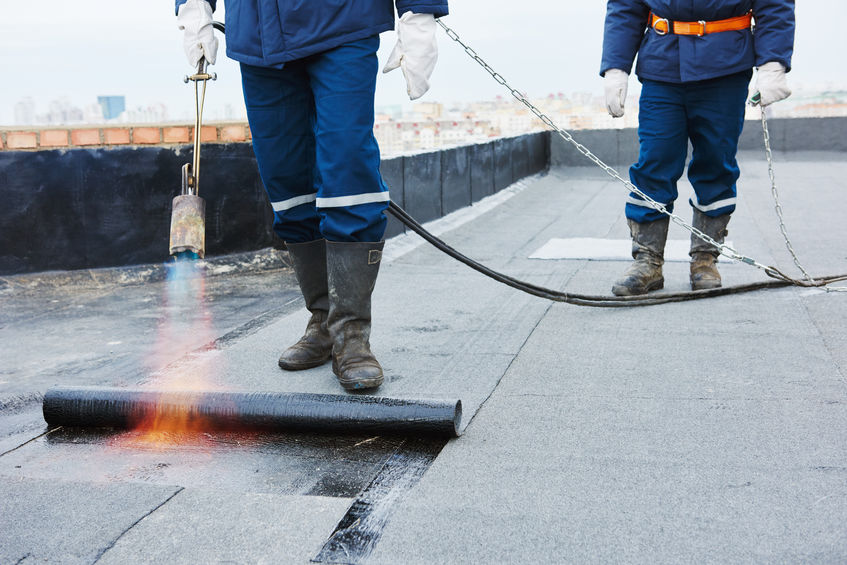When asked about their favorite recommendations for commercial roof maintenance, a lot of roofers will point out the importance of having your roof checked every year – or even twice per year, in many cases. Although getting a roofer to check your roof for damages and structural failings on a regular basis is important, you’ll find that it’s also a good idea to make sure you know a few tips and tricks about how you can keep your roof in proper form on a regular basis as well.
Differences Between a Commercial and Residential Roof
Before delving into the main recommendations for commercial roof maintenance, it’s important to understand that commercial roofing systems are often very different from residential ones. Even If you might be used to taking care of your roof at home, you’ll find that the commercial building you own has other needs.
A commercial roof is typically a flat roof, featuring membrane roofing or a panel roofing system that has different materials from the usual asphalt shingles, slate or wood that you’d find on a regular home. Moreover, commercial roofs can be larger, and they can require more specific maintenance guidelines, such as when managing problems like pooling or checking for structural integrity problems that can affect the entire roof to its core.

Your Commercial Roof Maintenance Checklist
Experts in commercial roofing systems will acknowledge that the special requirements of a commercial roof cannot be ignored for long. Following are the most important maintenance activities to keep in mind when dealing with these requirements:
- The first thing to do is to always check for visible, structural damage that can easily be noticed and assessed.
- Make sure you remove any debris or dirt from the roof.
- Check for chalking and color fade.
- Inspect the various additional elements of the roof. These should include the fascia, skylight, vents, chimneys, gutters, drip edges and decking, as well as anything else that could apply.
- If your roof has a more complex interior structure, it’s important to check for deterioration and the presence of mold or mildew. Roof trusses and rafters should be inspected on a regular basis for this purpose.
- To check for water damage make sure that pooling isn’t an issue, and then check the ceiling on the top floor of your building. If there are any signs of moisture, chances are that your roof is leaking.
- Also make sure you check all roof-mounted HVAC systems and vents. They are often built into the interior structure of the roof, and can be susceptible to damage and decay.
If you’re not sure of how to take care of some of these tasks, it’s always better to check with a roofer, or even call your local roofing service to help you out. A roof inspection will cost you a lot less than an expensive commercial flat roof repair job.
Most recommendations for commercial roof maintenance might be standard, but it’s also important to take note of less common or older roofing systems, which might require a more personalized approach. Although that isn’t the norm, you’ll find that many of the more general tips presented above will help you keep even those roofs well-maintained.
